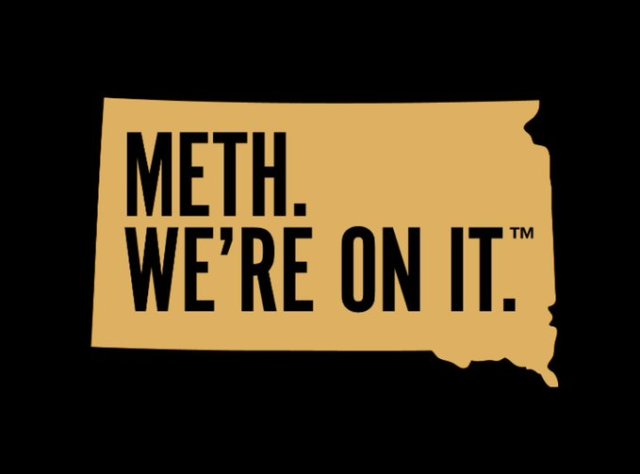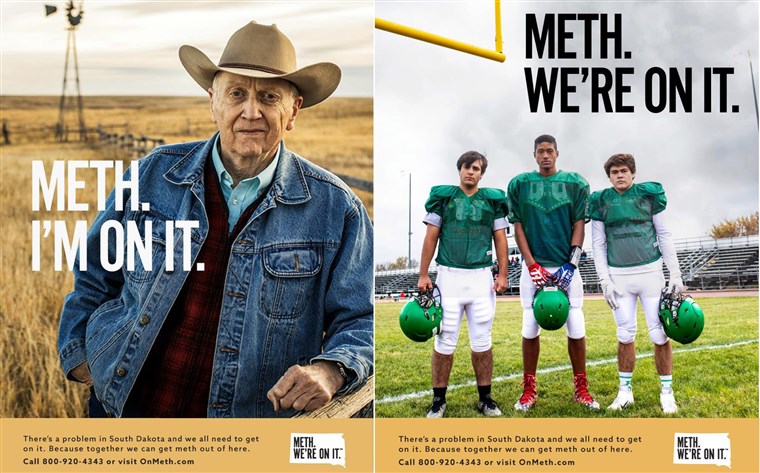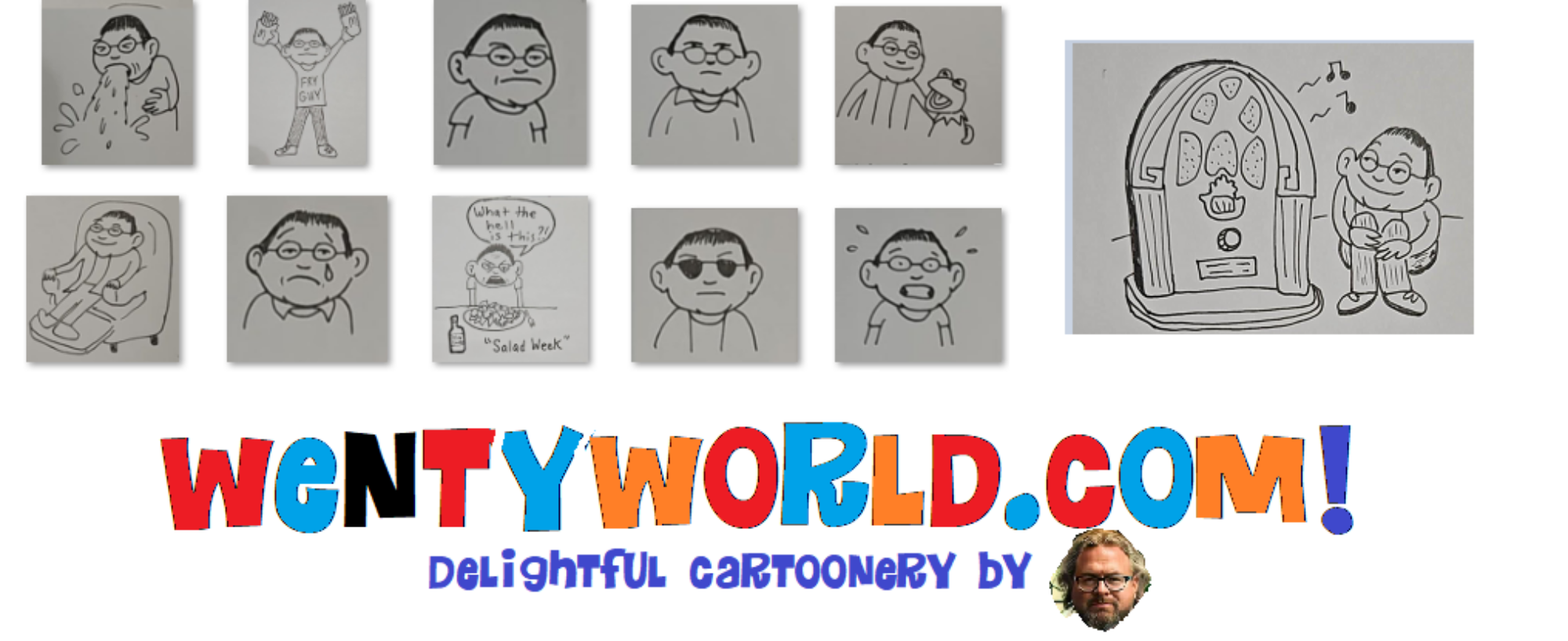Earlier today on Facebook I tapped into my inner wiseacre and discussed this new anti-drug campaign in South Dakota:

The internet, as you can imagine, had a field day with it. And I offered my suggestions for alternate state slogans:
-South Dakota: Everything you always wanted in a state. And meth.
-South Dakota: Great places, great faces, and really bad teeth.
-South Dakota: Come see the meth palace! (Formerly corn palace)
In looking at further creative work for the campaign, I can see (as my sharp-as-a-tack friend Dave Hurd noted) that there are two ways to interpret the campaign:

Seeing more of the creative work helps. It’s hard to make fun of this.
But I did want to elaborate on this a bit. This campaign arrives with a bill of $449, 000. (I incorrectly quoted $350k in my Facebook post.) How is it that “Meth: We’re On It” as the name and primary slogan of a campaign gets written, approved and published?
Now I’m not the kind of marketing expert who gets paid big bucks to do this kind of work. But I have been in the advertising and marketing business for over two decades, and there are certain foundational things I’ve learned. Here’s one of them.
If your tagline can be interpreted in two or more ways, the interpretation that is the most problematic will lead the way.
This is a silly example, but when I wrote our “musical salute to beans” for a local elevator, I had Kalin sing “Beans, beans, the magical fruit” instead of the real lyrics, “Beans, beans, the musical fruit.” I wanted to avoid a negative connotation, even a trivial one.
When Nebraska Tourism started using “Nebraska: Honestly, It’s Not For Everyone”, I felt the same way. The interpretation that caught fire initially was a negative one, and I thought it was a misstep on their part. But I am warming up to it, because the creative work has been quite good.
But here’s the problem: in my line of work, you write and produce a commercial and it is the one representation of the brand until another commercial is made. These marketing “packages” are trying to use a unified branding in print, online, radio, television and God knows what else.
I would say the example of the old man and high school footballers above are an excellent and sobering use of the campaign. But the phrase by itself is woefully open for ridicule. This is the latest in a trend towards hip, “straight talk” marketing. The Nebraska slogan is in the same category. The problem with hipness and honesty is that you have to hope every single member of your audience is hip enough to read your sarcasm. Humor, as I discussed in some way here recently, is one of the most difficult things to use well. I’ve whiffed it more times than I care to count. But in radio, people tend to listen with half an ear so I always go big.
I am hoping the South Dakota meth campaign gets its footing and does good things for the state. The cold hard truth is that every state of the union, including Nebraska, can say “Meth: We’re On It”.
